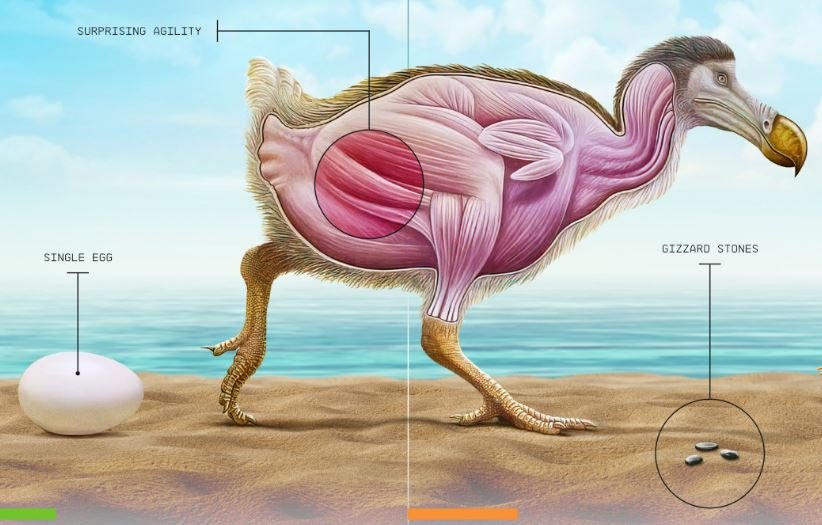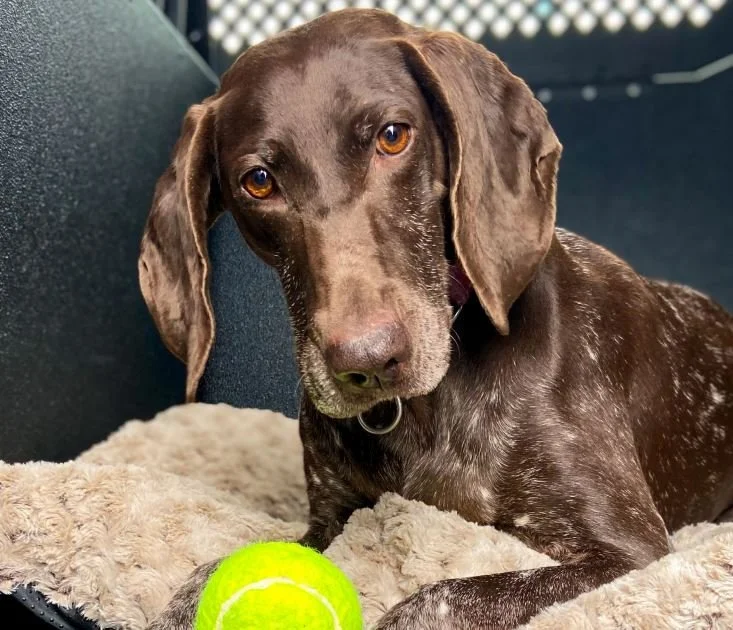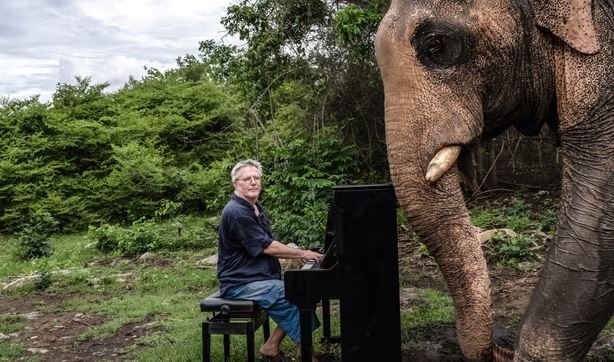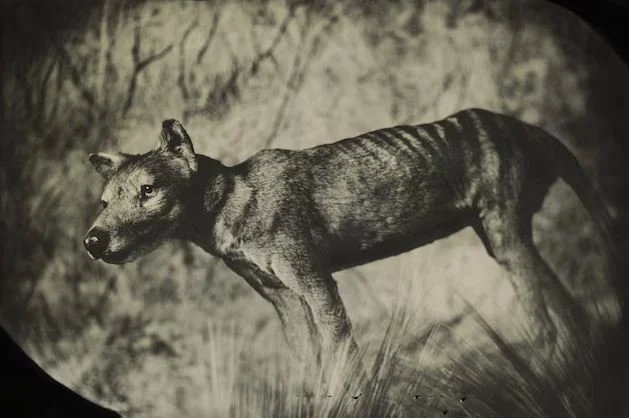With A Little Lab Magic, the Extinct Dodo Takes Another Step Toward Resurrection
When we last checked in on the companies involved in de-extinction – the process of resurrecting species that have gone extinct – it was our view that resources would be better spent on “restoring the natural habitats of critically endangered species” rather than on cloning.
Now Colossal Biosciences, in collaboration with the Mauritian Wildlife Foundation, is saying, Why not do both? The de-extinction company and the environmental group have teamed up with the lofty goal of bringing back the dodo bird, a creature extinct since the 17th century. Key to this endeavor is rehabbing the island of Mauritius to its prelapsarian state, before humans infected the place.
Colossal’s scientists have sequenced and assembled the dodo's genome, using DNA extracted from a skull in the collection of the Natural History Museum of Denmark. The plan is to fill in some gaps with genetic material from the Nicobar pigeon, the dodo’s closest living relative, and eventually generate a hybrid that is close enough to the hapless dodo to declare it resurrected.
The original dodo emerged in the tree of life about 26 million years ago, and in all that time never strayed from Mauritius. Its first human encounter was in 1598 with Dutch sailors, who feasted on dodo meat. It was easy to kill the flightless, defenseless birds because they had no natural predators on the island and didn’t even try to evade the strange invaders carrying clubs.
Once the humans brought other invasive species to the island – dogs, cats, pigs, rats – the dodo’s fate was sealed. In less than 70 years, the birds’ 26-million-year run was over. If Colossal Biosciences manages to conjure its laboratory magic, and if the Mauritian Wildlife Foundation can restore the island close to its pre-human habitat, then the dodo – or something like it – will be back.
Colossal Biosciences is also working on bringing back two other species, the Tasmanian tiger and the wooly mammoth. If these projects also involve restoring habitats to accommodate the undead beasts, perhaps it will all be worth the effort.
Photo credit: Colossal Biosciences








